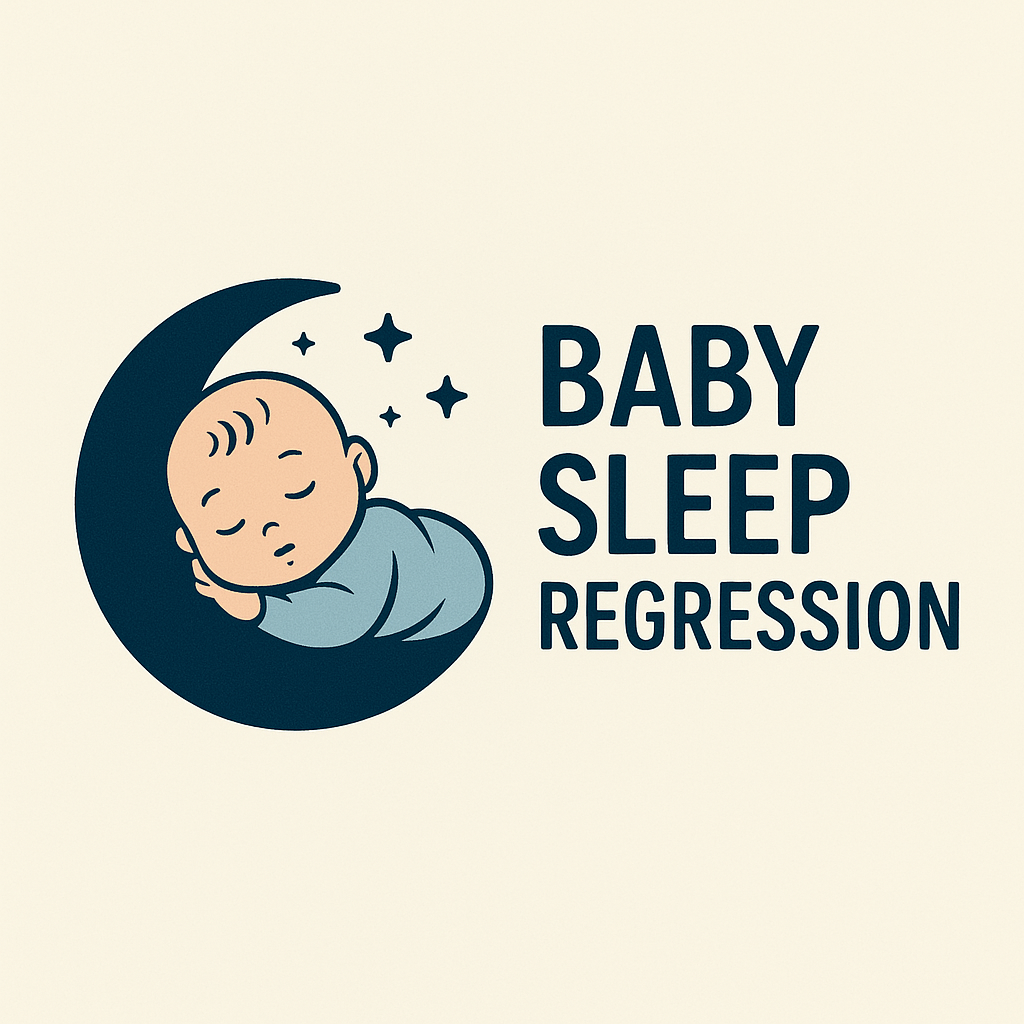How to Help Your 3 Year Old Sleep Better During Regression

Sleep regression can feel overwhelming, especially when your 3-year-old suddenly resists bedtime or wakes up more often. This phase, known as 3 year old sleep regression, is a normal part of their growth. Stay patient. With consistent routines and a calming approach, you can help your little one get back to better sleep.
Key Takeaways
Stick to the same sleep schedule every day. Having set bedtimes and wake-up times helps your child feel safe and sleep better.
Have a relaxing bedtime routine. Doing things like reading or quiet activities tells your child it’s time to relax and get ready for bed.
Keep the bedroom cozy for sleeping. Make sure it’s dark, quiet, and cool so your child can sleep well.
Understanding 3 Year Old Sleep Regression
What is sleep regression?
Sleep regression happens when your child’s sleep suddenly changes. It’s not an illness but a normal part of growing up. Your child might skip naps, wake up more at night, or struggle to sleep. These changes often occur during big growth moments, like learning new skills or handling strong feelings.
Think of it as your child adjusting to exciting but overwhelming changes. It can be tough, but this phase is normal and won’t last forever. Studies show that early sleep disruptions are tied to growth in sleep cycles. These changes usually fix themselves as your child adjusts.
Signs of sleep regression in 3-year-olds
How do you know if your child is in a 3 year old sleep regression? Look for these signs:
Bedtime battles: Your child may suddenly fight bedtime, even with a routine.
Frequent night waking: They might wake up more often and struggle to sleep again.
Shorter naps: Naps could get shorter or stop completely.
Increased clinginess: They may feel more anxious about being apart from you.
Mood changes: You might see more tantrums or crankiness from less sleep.
These behaviors can feel hard to handle, but they’re part of growing up. Research shows poor sleep in young kids can affect focus and emotions. That’s why staying calm and consistent is so important.
Causes and Factors Behind Sleep Regression
Developmental milestones and cognitive growth
At age three, kids grow and learn quickly. They’re picking up new skills like talking, solving problems, and making friends. These exciting changes can make their brain too busy to relax at night.
Studies show that how long toddlers sleep affects their emotions and social skills. Kids who sleep more often have better social abilities and emotional control. But less sleep can make these areas harder for them.
Evidence Type | Findings |
|---|---|
Helps toddlers develop better social and emotional skills | |
Shorter Sleep Duration | Linked to weaker social and emotional abilities |
Longer Sleep Duration | Improves how toddlers interact with friends |
Emotional changes and separation anxiety
As kids become more independent, they still need comfort. This can cause separation anxiety, especially at bedtime. They might feel nervous about being away from you, leading to bedtime struggles or waking up often.
Research shows that feeling anxious before bed is common in young kids. It can mess up their sleep schedule. Helping your child feel safe can improve their sleep and mood.
Tip: Use a calming bedtime routine to comfort your child. Reading a favorite story or giving extra hugs can help them feel secure.
Environmental or routine disruptions
Big changes in your child’s life can affect their sleep. Moving to a new house, starting school, or changes in your work hours can feel stressful for them.
Impact on Sleep Health | |
|---|---|
Changes in daily routines | Can cause sleep problems in kids |
Increased parental stress | Affects how well kids sleep |
Behavioral factors (screen time) | Reduces sleep quality and duration |
Physical environmental factors | Light and noise can disturb sleep |
To help, stick to a steady schedule. A predictable routine can make your child feel safe and ready for bed.
Health and dietary influences
What your child eats can change how they sleep. Nutrients like magnesium, calcium, and tryptophan are important for good rest. Magnesium relaxes muscles, and tryptophan helps the body make melatonin, which controls sleep.
Nutrient/Dietary Factor | Impact on Sleep Patterns |
|---|---|
Magnesium | Helps muscles relax; found in nuts, seeds, and greens |
Calcium | Low levels can disturb sleep |
Tryptophan | Supports melatonin; found in grains and animal foods |
High Fiber Diet | Linked to better sleep quality |
Adding these nutrients to meals can improve sleep. A healthy diet helps your child grow and rest better.
Managing Sleep Regression Effectively
Keep a steady sleep schedule
Having the same sleep schedule every day helps a lot. When your child sleeps and wakes at the same time, their body adjusts. This makes it easier for them to fall asleep and stay asleep.
Stick to these times daily, even on weekends. A steady routine helps kids feel safe and know when it’s time to rest. It also teaches them when to start calming down for bed.
Why a steady sleep schedule helps:
Improves sleep quality.
Makes bedtime easier.
Keeps your child more awake and happy during the day.
Set up a relaxing bedtime routine
A relaxing bedtime routine can make a big difference. Simple things like reading, bathing, or singing can show your child it’s time to settle down.
Studies say kids with bedtime routines sleep longer and wake up less. They also fall asleep faster.
Activity | How it helps |
|---|---|
Reading | Helps kids relax and bond with parents |
Warm bath | Cools the body, preparing it for sleep |
Quiet time | Eases the shift from play to rest |
Tip: Keep the routine short and the same every night. Repeating steps helps kids know what’s coming next.
Make the bedroom sleep-friendly
A comfy bedroom helps your child sleep better. Keep the room quiet, dark, and cool. Use blackout curtains to block light and white noise to cover sounds.
Make their bed cozy with soft blankets and a favorite stuffed toy. Remove toys or screens that might distract them.
Comfort their feelings and fears
Your child might feel scared or anxious at bedtime. Help them by giving extra hugs and talking about their worries. Spend a few minutes cuddling or chatting before they sleep.
If they’re scared of the dark, use a nightlight. Let them know you’re close and they’re safe. Talking openly can help them feel calm and cared for.
Get them moving and limit screens
Playing during the day helps kids sleep better at night. Activities like running or jumping burn energy and help them relax later. Aim for at least an hour of active play daily.
But too much screen time can hurt sleep. Blue light from screens stops melatonin, which helps us sleep. Avoid screens, especially an hour before bedtime.
Reminder: Balance is important. Active play in the day and a calm routine at night lead to better sleep.
Additional Tips for Managing Sleep Regression
Try sleep clocks or picture charts
Sleep clocks and charts can help your child with bedtime. These tools make routines easier to follow and more fun. A sleep clock shows when to stay in bed or wake up. It works with your child’s natural body clock.
Picture charts can guide your child through their bedtime steps. For example, a chart might show brushing teeth, putting on pajamas, and reading a book. This helps them feel in control and builds independence.
Tip: Pick tools that are colorful and simple. A fun clock or chart can turn bedtime into an enjoyable activity.
Create clear rules for bedtime
Kids do better with clear rules and routines. Set bedtime rules to make things easier and less stressful. For example, tell your child they need to stay in bed until morning.
A regular bedtime helps their body know when to sleep. Explain the rules in a way they can understand. This makes it easier for them to follow and feel secure.
Steps to set bedtime rules:
Pick a bedtime and stick to it daily.
Use simple words to explain the rules.
Be patient but firm when enforcing the rules.
Stay calm and stick to routines
Sleep regressions are normal and will not last forever. Stay calm and keep routines steady during these tough times. Your child might fight bedtime or wake up more, but routines help them adjust.
Consistency is very important. Follow the same bedtime steps every night. Comfort your child while letting them work through their feelings. This phase will pass, and your patience will help.
Reminder: Keep bedtime calm and predictable. A soothing routine and steady schedule can make a big difference.
When to Seek Professional Help
Ongoing sleep problems and health worries
Sometimes, sleep regression can be more than usual struggles. If your child often has trouble falling asleep, wakes up many times at night, or feels very tired during the day even after resting, it’s a good idea to get professional help. These problems can affect how they feel, act, and learn.
Experts say sleep disorders in kids should be checked if signs like crankiness, behavior issues, or trouble learning show up. If you notice these, talk to a pediatrician or sleep expert. They can find out what’s wrong and suggest ways to improve your child’s sleep.
Note: Strange sleep habits like snoring, gasping, or holding their breath might mean something serious, like sleep apnea. These signs need quick attention.
Getting ready to meet a sleep expert
If you plan to see a sleep expert, being prepared can help. Here’s how to get ready:
Match your child’s bedtime to the sleep lab’s schedule for a study.
Bring comforting things like a favorite book, pillow, or stuffed toy to help them relax.
Visit the sleep lab early so your child knows what to expect.
Practice using tools like a nasal mask to ease any fears.
Also, track your child’s sleep habits before the visit. Write down how long they take to sleep, how often they wake up, and any odd behaviors like nightmares or sleepwalking. This will help the expert suggest the best solutions for better sleep.
Tip: Stay calm and supportive during the process. Your confidence can make your child feel more at ease.
Helping your 3-year-old through sleep regression takes patience and consistency. Focus on these strategies:
Stick to a steady bedtime and wake-up schedule every day.
Create a cool, quiet, and dark sleep space.
Avoid screens an hour before bed.
With these steps, you’ll build a secure, restful environment for your child.
FAQ
How long does sleep regression usually last?
Sleep regression typically lasts 2-6 weeks. Staying consistent with routines and offering comfort can help your child adjust more quickly.
Should I let my child cry it out during sleep regression?
It depends on your parenting style. Some parents find gentle reassurance works better, while others prefer controlled crying. Choose what feels right for your family.
Can skipping naps make sleep regression worse?
Yes, skipping naps can lead to overtiredness, making bedtime harder. Stick to a regular nap schedule to help your child feel rested and ready for sleep.
Tip: Be patient. Sleep regression is temporary, and your efforts will pay off! 💤
See Also
Supporting Your Baby During the 6 Month Sleep Change
Navigating 3-Month Sleep Regression: A 2025 Parent's Manual
Easily Handling 9 Month Sleep Regression for Your Baby
Understanding the 4-Month Sleep Regression and Its Solutions

